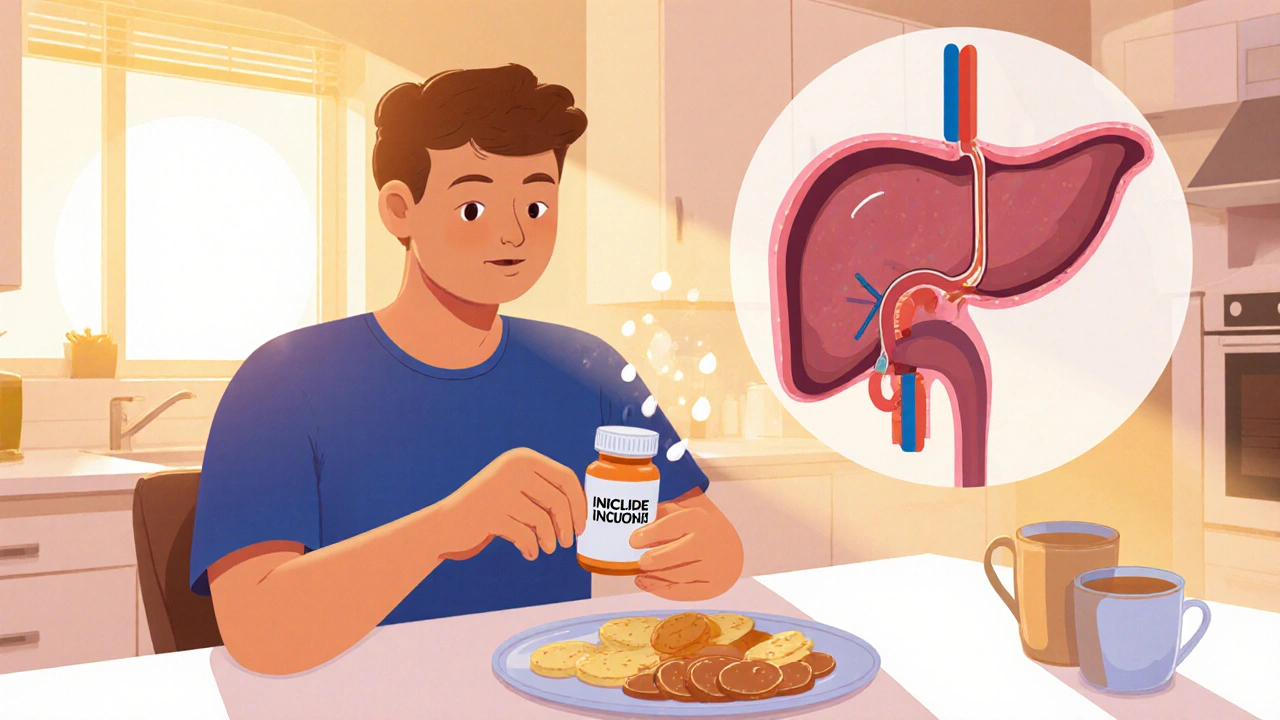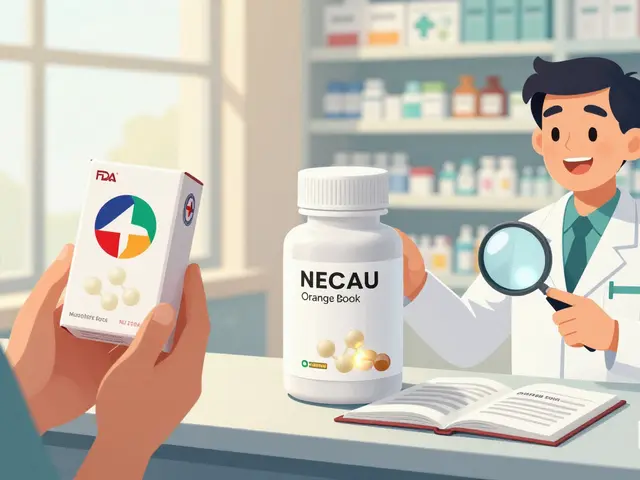Type 2 Diabetes Medication: Options, Benefits, and Practical Tips
When talking about type 2 diabetes medication, drugs used to lower blood glucose in adults with type 2 diabetes. Also known as T2DM drugs, these medicines form the backbone of modern diabetes care. Two of the most common agents are Insulin, a hormone that replaces or augments the body’s own insulin production and Metformin, an oral big‑uanide that reduces hepatic glucose output. Understanding how they fit together helps you choose the right plan.
Beyond the basics, several newer classes have reshaped treatment. GLP‑1 agonists, injectable drugs that mimic the gut hormone GLP‑1 to boost insulin secretion and slow digestion not only improve glucose control but often promote weight loss. SGLT2 inhibitors, oral agents that block kidney reabsorption of glucose, letting excess sugar leave the body via urine add cardiovascular protection for many patients. DPP‑4 inhibitors, tablets that prevent breakdown of incretin hormones, modestly lowering blood sugar fill the gap for those who can’t tolerate other drugs. Together, these groups expand the toolbox for personalized care.
Each medication class comes in different dosage forms. Oral pills like metformin and SGLT2 inhibitors are taken once or twice daily, while GLP‑1 agonists range from daily pens to once‑weekly injectables. Insulin comes in rapid‑acting, short‑acting, intermediate, and long‑acting formulations, letting clinicians match the drug to meal patterns and lifestyle. Choosing the right form often hinges on how a person monitors their glucose levels and how flexible their schedule is.
Monitoring is the glue that holds any regimen together. Blood glucose monitoring, regular checks of blood sugar using a meter or continuous sensor informs dose adjustments, flags hypoglycemia risk, and validates that a medication is doing its job. For insulin users, timing a dose with a post‑meal reading can prevent spikes, whereas oral agents usually show steady effects that are tracked weekly.
Most patients don’t stay on a single drug forever. Combination therapy is common: metformin paired with an SGLT2 inhibitor, or insulin added to a GLP‑1 agonist when targets aren’t met. The goal is to hit A1C goals with the fewest side effects. When combining, clinicians watch for overlapping risks—like dehydration with SGLT2 inhibitors and gastrointestinal upset with GLP‑1 agonists—so patients stay comfortable and adherent.
Medication works best when paired with lifestyle changes. A balanced diet low in refined carbs, regular aerobic activity, and weight management amplify drug effects. Even a modest 5‑10% weight loss can reduce the dose needed for insulin or metformin, cutting costs and side‑effect burden.
Cost is a practical concern. Generic metformin and many insulin types are inexpensive, while brand‑name GLP‑1 agonists can be pricey. Insurance formularies, patient assistance programs, and choosing once‑weekly injections over daily pens can lower out‑of‑pocket spend. Discussing price up front avoids surprise bills and improves long‑term adherence.
The future brings even more options. Oral semaglutide, a GLP‑1 agonist taken as a pill, blurs the line between injectables and tablets. Longer‑acting basal insulins now last up to 48 hours, reducing injection frequency. Staying informed about these advances lets patients and providers keep the treatment plan fresh and effective.
What You’ll Find Below
Below is a curated list of articles that dive deeper into each drug class, compare specific products, and share practical tips for safe use. Whether you’re starting metformin, considering a GLP‑1 agonist, or looking for cost‑saving strategies, the posts ahead give clear, actionable guidance to help you manage type 2 diabetes with confidence.
Glucotrol XL (Glipizide) vs Alternatives: In‑Depth Comparison for Type 2 Diabetes
A detailed side‑by‑side look at Glucotrol XL (glipizide) and its main alternatives, covering mechanisms, dosing, costs, and how to choose the best option for type 2 diabetes.






